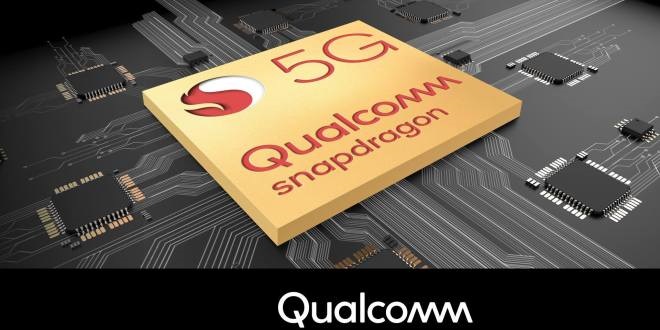5G – apparently 2019 was the year of 5G, and then 2020 was the year of 5G, and I guess now 2021 is the year of 5G too. Whatever the year is, one thing is certain: 5G adoption is growing, availability of handsets is increasing, and prices are dropping.
Qualcomm’s latest move, though, will see 5G push much further into the midrange and budget smartphone segments. The new Snapdragon 480 processor will being integrated 5G at a low cost, and that puts it in reach of much more pepole.
The Snapdragon 460 – which the new chip replaces – has been used in a number of budget handsets of late, including the following:
- Oppo A53
- Vivo Y20
- Vivo Y20i
- Nokia 3.4
- Moto E7 Plus
- OnePlus Clover
- Realme C15 Qualcomm Edition
That sets the scene – these are mostly entry level handsets that are much more affordable than your typical 5G-capable phone. The Oppo A53, for example, currently retails for around the $295-$300 mark.
With the new Snapdragon 480 5G, Qualcomm has brought an updated 8nm manufacturing process, which will double performance over the previous generation. The chip also brings a higher refresh rate for displays, WiFi 6, Bluetooth 5.1 and Quick Charge 4+ as well. It also supports up to 3 camera sensors.
The most important feature, though, is the inclusion of 5G; the Snapdragon 480 is the first in the 400 series of processors to support 5G with the inclusion of a built-in X51 modem. That modem is capable of both sub-6GHz 5G (which is what’s mostly in use today) and also mmWave, so your cheap phone of tomorrow will support super fast 5G networks into the future.
How fast? Well, Qualcomm says the chip was able to hit download speeds of up to 2.5Gbps and upload speeds of up to 660Mbps.
The Qualcomm® Snapdragon™ 480 5G Mobile platform takes a huge leap forward in mobile connectivity for the 4-series. The Snapdragon X51 5G Modem-RF System supports multiple 5G spectrums, modes, and frequencies—at lightning-fast speeds. And with support for 2×2 Wi-Fi 6, more users than ever before have access to widespread, robust connections—both at home and on-the-go.
Affordable 5G is one of the things that will really drive adoption of the new network technology; if it remained the domain of $1000+ handsets for too long, it would be hard to see it reach mass market reach.
However, bringing 5G to cheap commodity handsets puts it in reach of just about everyone who wants it. Now, all we need is our carriers to roll 5G out in more places and make it work better … and that’s going to take some time.





2020 was the year of Covid-19.
2021 will be the year of 6G 😀
5G for the masses. Bring it on.
Slight correction, it’s built on 8 nm and not 9 nm 😉
Cheers
Thanks, fat fingers 😉